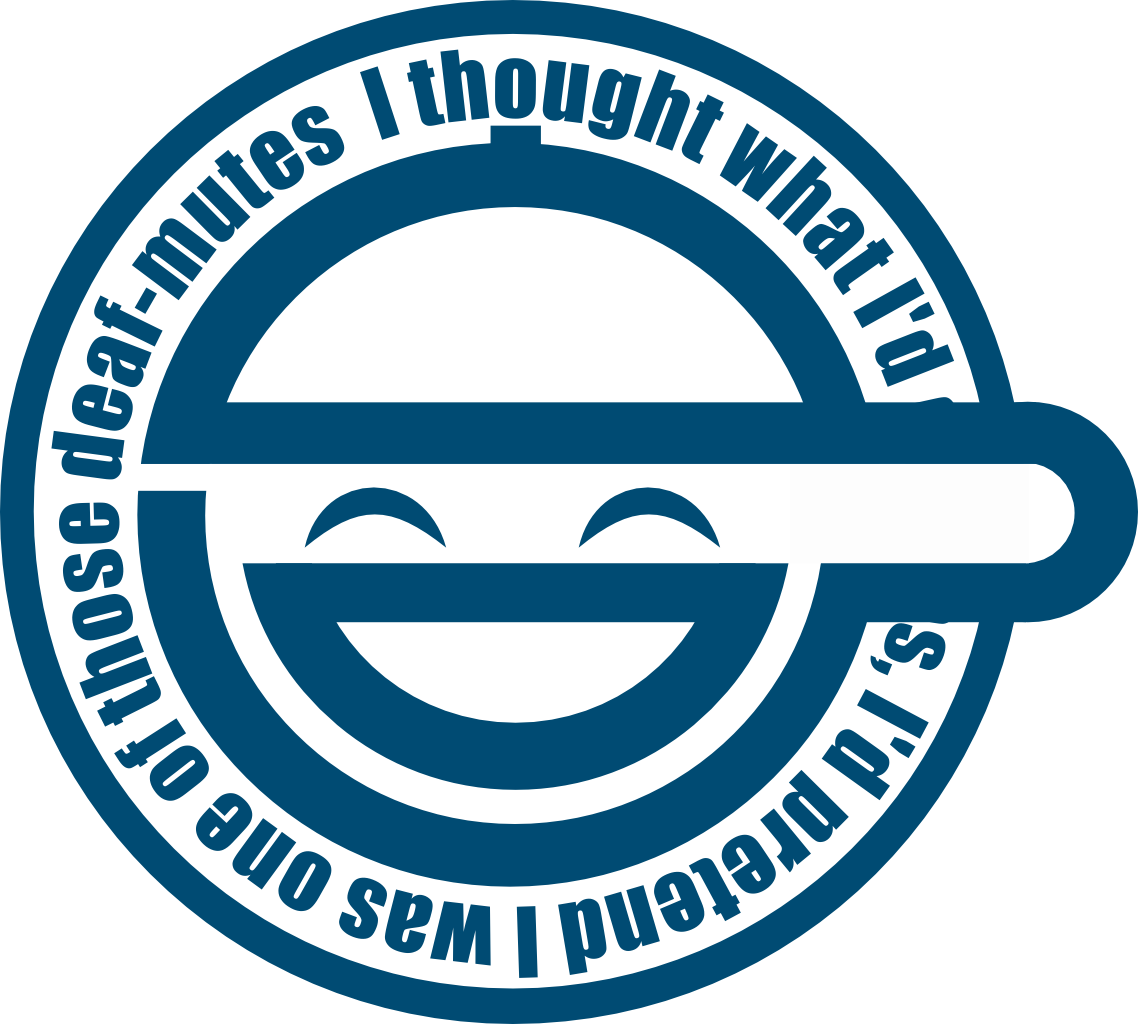So a few popular Linux distros decided to drop a few major packages like how red hat dropped rpm packages for libreoffice in favor for the flatpak packages.
If more distros decided to drop more packages from their main repository in favor for flatpak packages, then are there any obvious concerns? From my personal experience, flatpaks didn’t work well for me. If flatpaks become mainstream and takeover the linux distros, then I might just move to Freebsd. I just want to know if there is any positives to moving away from official repositories to universal repositories.
Considering the Steam Deck accounts for a huge portion of Linux installs, I think flatpaks are going to be here to start and only grow in popularity.
I have to ask though, why do people dislike flatpaks?
deleted by creator
Flatpaks are slow and take more resources. It is only useful for the riches who can afford 16 GB+ RAM and TBs of storage.
question, just how much bigger is say flatpack version of a program over the native package? Like right now I am running steam in back ground and I have like 8 youtube video loaded to play latter. Together my browser and steam are using 6 gb of ram. Witch I believe are snaps. How much bigger and slower are looking at?
Ram and storage are both dirt cheap, I’d consider any new laptop/pc with only 8gb non upgradable RAM ewaste these days. 2tb NVMe drives have dropped below 100€ already and 1tb below 50€
Please no. I don’t have enough hardware for it.
Flatpaks are here to stay but they can exist alongside traditional packages.
I’m relatively newish to Linux and have come to notice that system packages run better for me than Flatpaks a lot of the time.
System packages only install packages that is missing. Flatpak brings with it everything. Something similar to Docker containers for applications.
I’d say it’s the future but it’s kind of already the norm. They’re just a lot better then system packages in a lot of ways. Predictable, one system developers have to target, portable, immutable, and system agnostic. Linux has needed this for a long time. This is similar to how apps on your phones work. Windows is going this route too, and I think OSX does it too but I don’t use that garbage os to know.
MacOS is similar but better. The sandboxing and permissions were planned and implemented long ago, and getting a new app is as simple as downloading its .app bundle and running it.
MacOS apps are sandboxed and signed by default now. The biggest problem I see with sandboxed apps is they require more disk space and ram, for example each electron app can’t leverage the same underlying WebKit engine. The real benefit is that you don’t have to worry about incompatible dependency versions wreaking havoc on your system. It’s very difficult to modify the underlying OS, which is overall a good thing for most users.
Mac OS X is based on some really good design, portability, security, and development environment. BUT some of the direction Apple has been taking for the last decade+ has made the platform less open and a lot less appealing to me (and others in my family).
I give them credit for vision that matches what some people want, and providing and experience that just works within that vision, but that vision doesn’t match what I want (or even need) from of desktop anymore.
The very fact that they work like mobile apps is a reason to dislike them, honestly. At least Flatpaks aren’t total fucking crap like Snaps.
Flatpak just sucks for us with potato level hardware. It is much slower and crashes. Some things just didn’t work until I got mine built from source using AUR scripts. I had checked the memory usage, the flatpak version of EasyEffects took much more memory than the native one. I don’t want Linux to become Windows with this Flatpak nonsense that wastes my desktop’s resources more than it should. Whenever I played music with EasyEffects flatpak, my CPU usage went up literally 80%, but with the native build, EE now does not go beyond like 5% CPU.
Any package that will force me to use Flatpak, I simply won’t use it at all, or find some workaround. I will not donate a single penny to the project itself, but I will to the one who found the workaround.
There will always be distros that buck the trend. I’ve never had to use one in Arch or Manjaro. I doubt Arch would ever make it a default/requirement since Arch is largely about building the system out yourself with what you need. I also don’t see Flatpak being integrated to the Linux base system (yes, I’m aware Linux is just the kernel) like Systemd is.
It makes sense to drop them in favour of flatpaks but flatpak, snap or appimage are still not fully developed. I think that universal packaging makes sense for some (most) apps.
For core OS apps it makes sense to package them the old way but everything added like office, games, browser … it is just not sustainable.
I believe that will always be a linux distro that dont use it by default
Linux as a whole? Probably not, but that’s one of my favorite things about Linux, ones that use them and ones that don’t can coexist.
I feel like there will always be some applications that will limited by being a flatpak.
Off the top of my head NeoVim comes to mind. My workflow uses libraries/config files/code from all across my home directory. I can’t imagine trying to shove everything inside a flatpak, or using flatseal to give it 10 billion permissions (at that point it may as well not be sandboxed).
I have also avoided flatpack and the like.
On Arch and other Arch based distros, if something isn’t in the community repo it’s extremely likely it’s in the AUR.
Of course, if you actually want to sandbox something, there’s always firejail and docker
it is the present of linux
Linux is Linux - Nah… there will be distros like Arch where you can just use the AUR (someone started a project to bring AUR like functionality to other distros), and there will be distros that go mostly or all in on other packaging methods. There’s also wrappers like topgrade for those of us that don’t want to bother with multiple commands to update all.
Every graphical app I have installed that isn’t a basic system application included with the distro install is either in a podman container or flatpak.
I haven’t really kept up with flatpak, so maybe my view of isn’t right.
but what is your reasoning behind using flatpak for all your GUI apps instead of your distributions package manager?On the fly atomic updates (the recommended update path for DNF installed apps requires a system reboot.) Though you can do it live, doing offline upgrades is safer so you don’t replace some runtime something is using midflight.
Also, flatpaks have some system isolation and have to use flatpak portals and explicit permissions/mounts giving them less ability to negatively affect my system.
Also, Flathub just has everything that I need to run anyway, at least for GUI apps.












